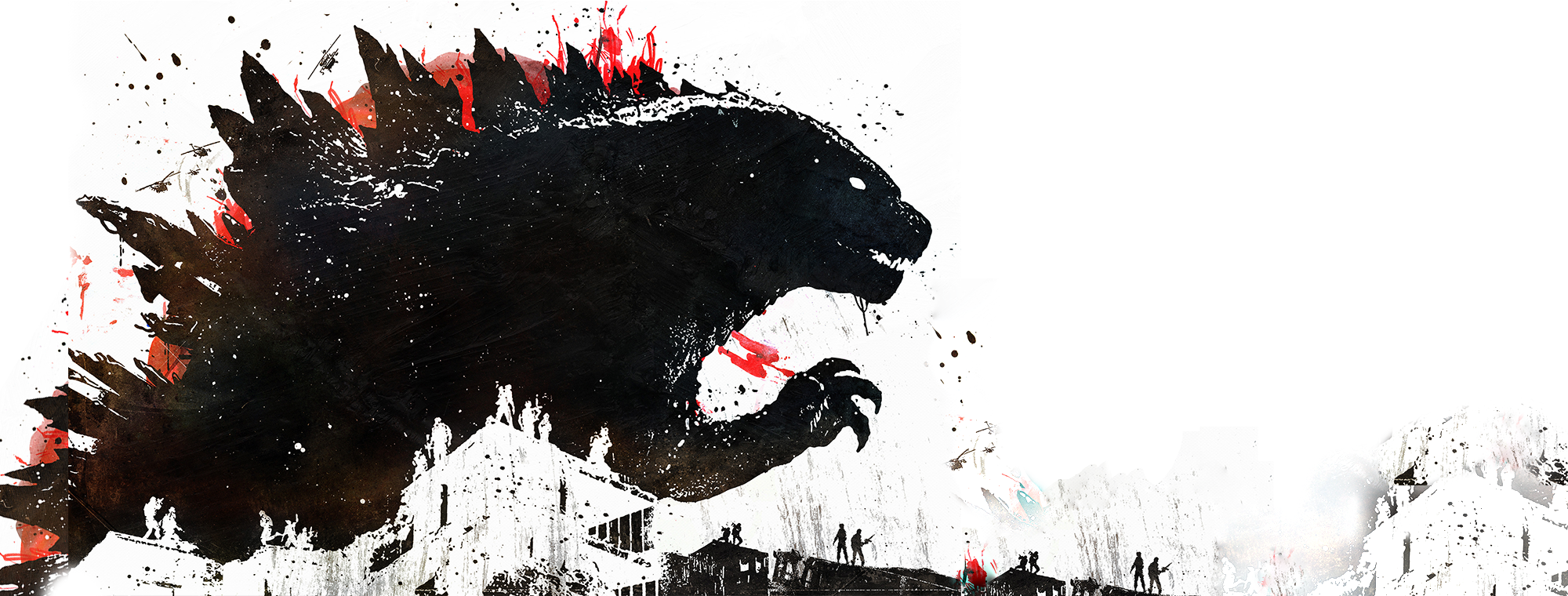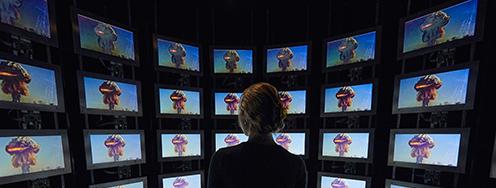Godzilla is coming to a screen near you on May 31, 2019. Hollywood’s latest action-packed thrill ride. But will it keep faith with the original Godzilla — one of the world’s first anti-nuclear movies?
Despite dozens of sequels and reboots that got sillier with each iteration, the first “King of the Monsters” was a somber and serious affair. And with good reason.
After the 1945 atomic bombings of Hiroshima and Nagasaki, the occupying US forces forbade the Japanese from writing anything about atomic weapons, with US censors blocking them until 1952. Even then, not much was written.
But on March 1, 1954, the United States exploded the world’s first hydrogen bomb. With energy produced through the fusion of atoms rather then their splitting, the “Castle Bravo” test detonated with the force of 15 million tons of TNT — 1,000 times more powerful than either of the bombs dropped on Japan. To this day, it remains the largest nuclear weapon ever detonated by the United States.
Castle Bravo’s explosive power surprised even its designers, who had estimated its yield at only 6 million tons. Their miscalculation cost lives, as radiation and nuclear fallout spread far beyond the expected radius.
The Japanese fishing boat Lucky Dragon #5 was well outside the danger zone that the U.S. had declared before the test. A flash as bright as the sun temporarily blinded the crew, followed by the roar of the explosion a full eight minutes later. Though they had turned to run, the damage was already done.
Lucky Dragon #5 returned home to Japan with all her hands suffering from acute radiation syndrome, including headaches, burns, bleeding from the gums and other symptoms. Six months later on September 23, Lucky Dragon #5’s radioman became the first person to die from an H-bomb.
The test was the catalyst for Godzilla. Toho Studios decided to make a movie that reflected the anger and fear of the Japanese people about nuclear weapons, picking director Ishiro Honda, who had walked through the burned ruins of Hiroshima as a soldier, to helm the picture.
Toho and Honda created a monster, one wakened by nuclear detonations, who was completely impervious to all of man’s conventional defenses. Godzilla could breath atomic fire. He emerged from Tokyo Bay as a force of nature, leaving nothing in his wake but nuclear ash and the ruins of a once mighty city. Characters throughout the film make reference to the Hiroshima and Nagasaki bombings, and Godzilla’s very skin was designed to look like the keloid scars seen on survivors of those nuclear holocausts.
When the movie opened, just a little over a month after the death of the Lucky Dragon’s radioman, audiences were greeted by an opening scene in which a fishing boat, designated as “#5,” witnesses a blinding flash of light before going down, with the ship’s radio operator the first to die.
Audiences watched in silence. Here was a searing depiction of the consequences of nuclear war. Steeped in allegory, yes, but not just a tale of fiction. The monster, like nuclear weapons, was uncaring, unsympathetic and once his terror was unleashed, all but impossible to stop. Godzilla turned Tokyo to cinders, and brushed aside all military conceits. Even when he returned to the sea, Godzilla left behind the creeping killer of radiation and nuclear fallout.
The movie ends with the heroes besting Godzilla, but only by deploying a weapon as equally terrifying as the monster. Dubbed the “Oxygen Destroyer,” the weapon was so dangerous, that after the destruction of Godzilla, its creator nobly takes his own life so that a second one could never be built. Even with the monster defeated, the heroes warn that if nations continue to test nuclear weapons, it may not be long before another Godzilla is loosed upon the world.
All nations save North Korea have now stopped testing nuclear weapons. But some want to restart, and the United States has never ratified the nuclear test ban treaty. Under Secretary for Arms Control and International Security Rose Gottemoeller went to the Marshall Islands 5 years ago on the anniversary of the Castle Bravo test, in part, to push for a full, global ban. She declared, “this is not just a security issue; this is an issue of humanity, of health, of morality.”
Keep that in mind when you spill your popcorn at the theater when Godzilla 2019 roars. Today, we love him for the thrills, but for Japanese moviegoers, who 65 years ago waited in ticket lines for hours, Godzilla was something much more powerful, much more evocative.
He was a reminder of the terrifying destructive power of nuclear weapons. A reminder that the good and the bad, the innocent and the guilty, the pacifist and the warmonger, are all threatened by the most destructive weapons ever created. In a world that now has blissfully forgotten these nuclear nightmares, Godzilla can still serve as a potent reminder.
“We are the stewards of this Earth,” Gottemoeller said, “and we owe it to those who have fallen — to those who suffer still — to work together, one step at a time, until nuclear explosive testing is banned worldwide, getting us one step closer to our goal of the peace and security of a world without nuclear weapons.”
You go, Godzilla.
Editor: Watch the original Japanese movie Gojira (1954), directed by HONDA Ishirô, with English subtitles. Not to be confused with the later American version, courtesy of the University of Wisconsin-Madison. For the version released in the US, some of the original Japanese dialogue was dubbed into English, and some of the political, social, and anti-nuclear themes and overtones were removed completely.
Photo: Godzilla. Image credit: Flickr / Alex Cherry (cc), modified
The article was adapted from one in Huffington Post, May 1, 2014 by Joe Cirincione, President, Ploughshares Fund and Geoff Wilson, Grants and Donor Communications Manager. The date of the latest Godzilla movie was changed to reflect the May 31, 2019 release; the number of years ago Under Secretary for Arms Control and International Security Rose Gottemoeller went to the Marshall Islands was changed to 5; and it has now been 65 years since Godzilla was released in Japan.




